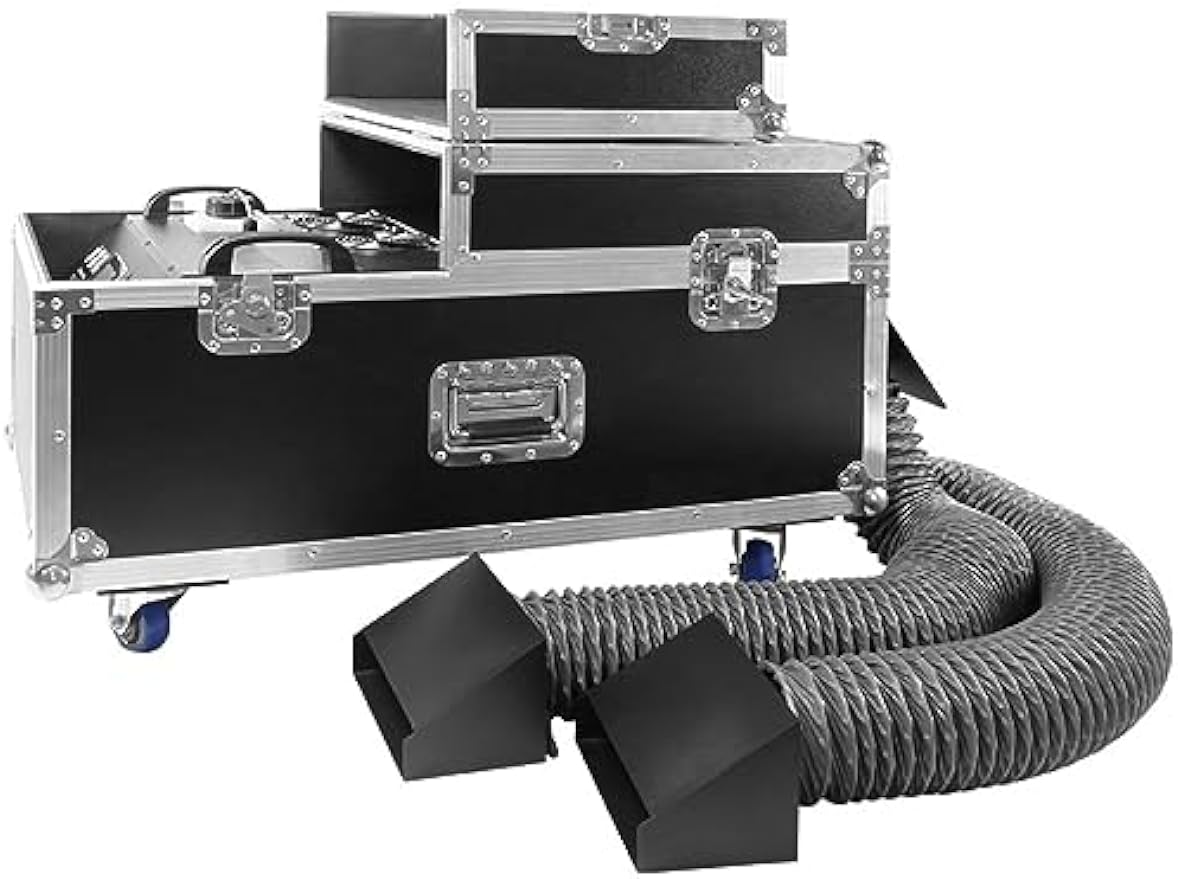Living near a factory has its advantages and disadvantages. One disadvantage is potential air pollution, which can be exacerbated by weather conditions such as low-lying fog. However, with the right measures, the impact of these factors can be mitigated.
Low-lying fog can occur naturally, but it can also be created artificially using fog machines. When this fog is combined with air pollution from nearby factories, it creates a hazy and potentially harmful environment. This is a concern for people living near factories because it affects air quality and overall well-being.
It is important for people who live near factories to understand the potential effects of low-level fog and air pollution. Understanding the risks and taking proactive steps can help minimize impacts on health and the environment. This may include staying informed about air quality levels, using air purifiers and taking precautions when low-level fog occurs.
On the other hand, factories located near residential areas can also take steps to minimize their impact on the local environment. This may involve implementing emission control measures, using low-emission technologies and monitoring air quality to ensure surrounding communities are not adversely affected.
In some cases, community engagement and dialogue with plant management can lead to collaborative efforts to address concerns about air quality and low-lying fog. By working together, residents and plant operators can find solutions that benefit both parties and the environment.
Ultimately, living near a factory doesn’t necessarily mean air quality will suffer. By working together proactively, both residents and plant operators can take steps to minimize the impact of low-level fog and air pollution, creating a healthier and more sustainable living environment for all.
Post time: Aug-09-2024





